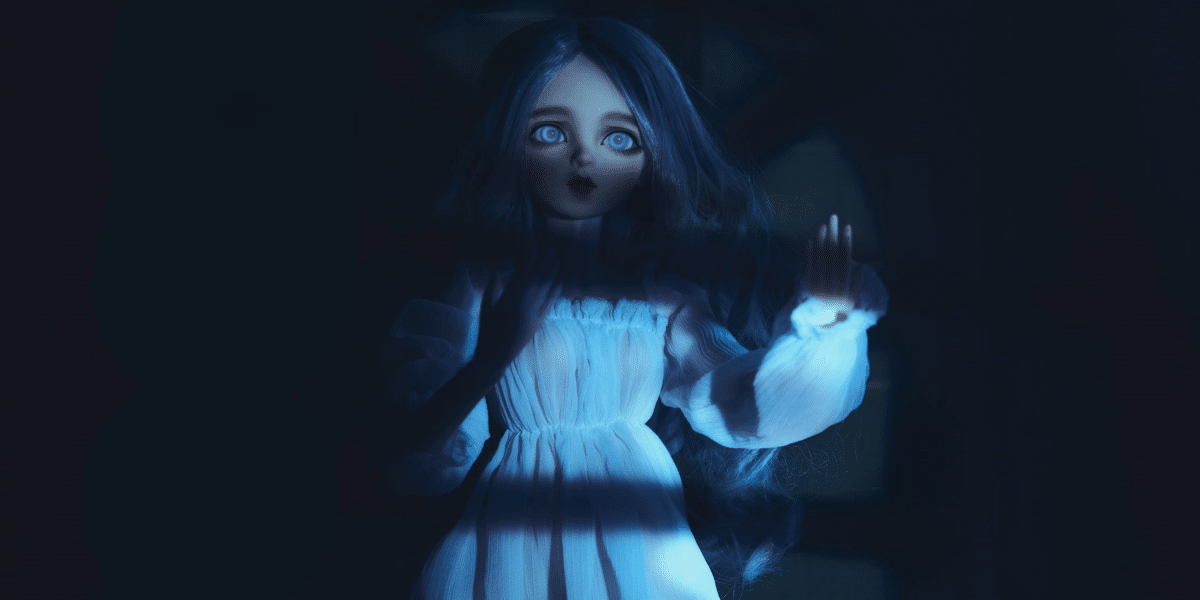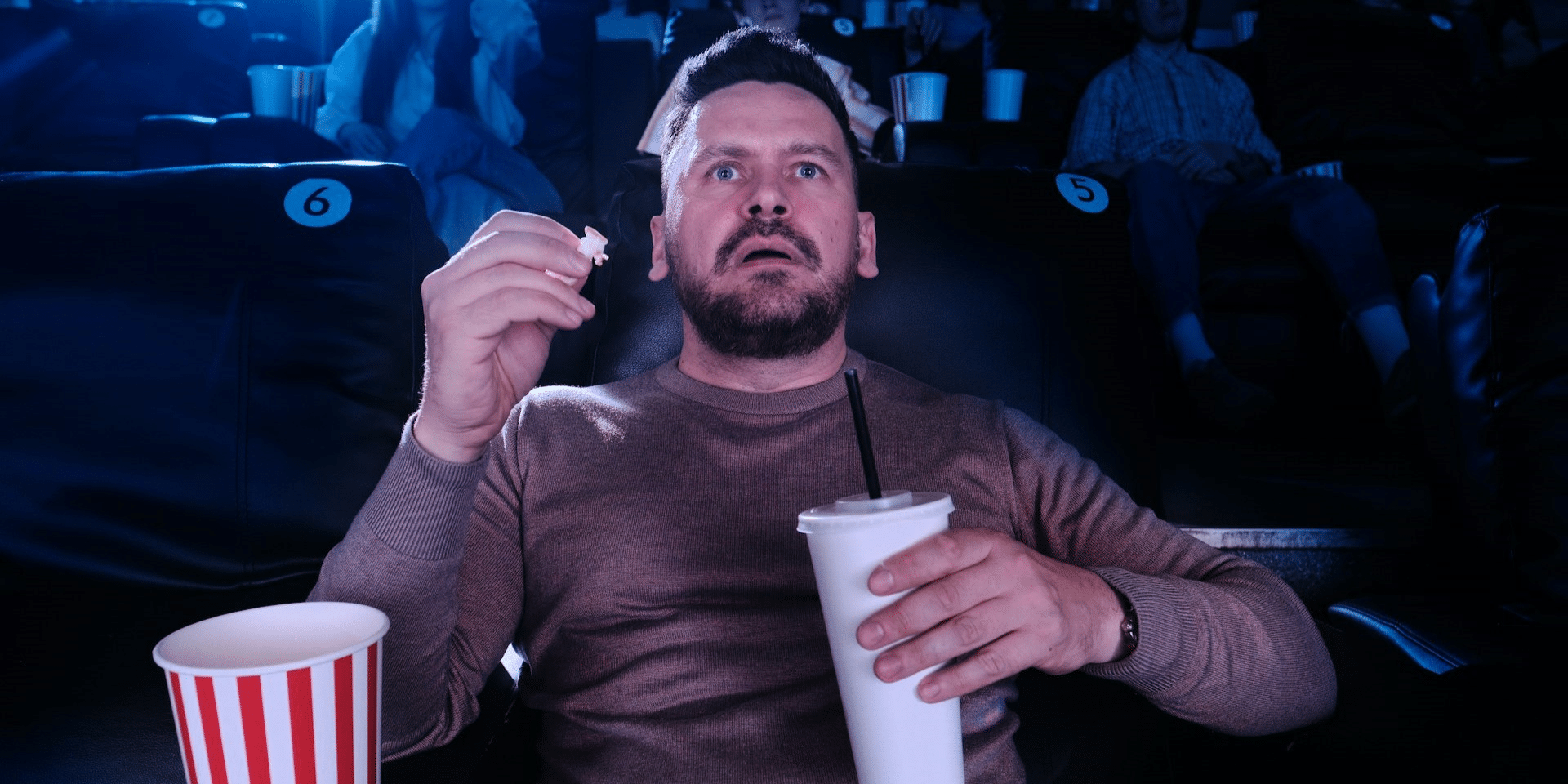In the world of film and television, directors often make the difficult decision to cut out certain details from their productions. These decisions can significantly impact the final product and viewer experience. This article explores why some directors cut out crucial details in productions, examining the reasons behind these choices and their implications.
Creative Vision and Artistic Integrity of the Director
One of the primary reasons directors cut out crucial details is to maintain the pacing and flow of the production. Lengthy scenes or excessive details can disrupt the narrative rhythm, causing the audience to lose interest. By trimming these elements, directors ensure that the story progresses smoothly and keeps the viewers engaged.
Directors aim to tell a compelling story. Sometimes, this means cutting out details that, while interesting, do not contribute significantly to the main narrative. Removing extraneous details helps focus the audience’s attention on the essential aspects of the story, enhancing overall storytelling effectiveness.
Time Constraints
In both film and television, time constraints play a crucial role in the editing process. Movies typically aim for a runtime that balances thorough storytelling with audience attention spans, often around two hours. Similarly, television episodes must fit within specific time slots, accounting for commercial breaks in network TV. These limitations force directors to make tough decisions about what to include and what to cut.
Film festivals and television broadcasters often have strict requirements regarding the length of submissions. Directors may need to cut crucial details to meet these requirements, ensuring their work can be showcased and distributed as intended.
Budgetary and Production Constraints
Producing films and TV shows is expensive. Budget constraints can limit the extent to which certain scenes or details can be included. Directors might cut scenes that require costly special effects, extensive locations, or additional shooting days. By doing so, they can stay within budget while still delivering a high-quality production.
Tight production schedules can also necessitate cuts. Time-consuming scenes that are complex to shoot may be trimmed or eliminated to ensure the production stays on schedule. Directors must balance the desire to include every detail with the practicalities of production timelines.
Audience Engagement and Marketability
Before finalizing a production, directors often conduct test screenings to gauge audience reactions. Feedback from these screenings can reveal which parts of the film or show resonate with viewers and which parts do not. If crucial details fail to engage the audience or generate confusion, directors might decide to cut them to enhance overall viewer satisfaction.
Directors and producers must also consider market demands and trends. If the target audience prefers faster-paced, action-driven content, scenes that slow down the narrative may be cut. Ensuring the production aligns with audience preferences increases its marketability and potential for commercial success.
Simplifying Complex Narratives
In complex narratives with multiple subplots and characters, including every detail can overwhelm the audience. Directors might cut certain elements to simplify the story and make it more accessible. This approach helps prevent viewer confusion and ensures that the primary narrative remains clear and engaging.
By trimming unnecessary details, directors can focus on the core themes and messages of the production. This focus allows for a more impactful and resonant storytelling experience, as the audience can more easily grasp and connect with the main themes.
Legal and Ethical Considerations
Certain details might be cut due to their sensitive nature. Content that is too graphic, controversial, or potentially offensive may be removed to adhere to legal standards and avoid ethical concerns. Directors must navigate these issues carefully to ensure their work is both respectful and compliant with regulations.
Legal constraints regarding intellectual property can also necessitate cuts. If a scene includes copyrighted material or references that cannot be cleared, directors may need to remove these details to avoid legal repercussions. Ensuring that the production does not infringe on intellectual property rights is crucial for its release and distribution.
Impact of Cutting Crucial Details
Cutting crucial details can significantly impact how the audience perceives the production. While some cuts can streamline the narrative and enhance engagement, others might leave viewers feeling confused or dissatisfied. Directors must balance the need for brevity with the importance of maintaining a coherent and compelling story.
The removal of important details can also affect critical reception. Critics often scrutinize the completeness and coherence of a narrative. If significant elements are missing, it can lead to negative reviews and reduced acclaim. Directors must weigh the potential benefits of cuts against the risk of critical backlash.
In the long term, the decision to cut crucial details can influence the legacy of a film or show. Productions that manage to balance thorough storytelling with efficient pacing tend to be remembered more fondly. Directors who can skillfully navigate these decisions contribute to the enduring success and appreciation of their work.
Directors cut out crucial details in productions for various reasons, including creative vision, time and budget constraints, audience engagement, and legal considerations. These decisions are essential for creating a compelling, marketable, and legally compliant product. However, the impact of these cuts must be carefully managed to ensure that the final production remains coherent and engaging. By understanding the factors influencing these decisions, audiences can better appreciate the complexities of filmmaking and the art of storytelling.







